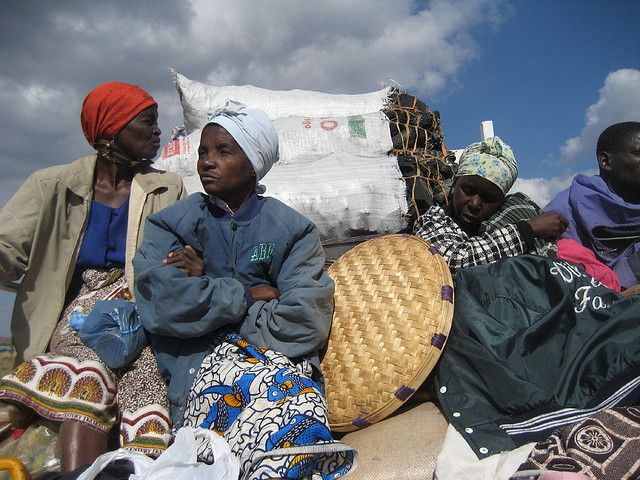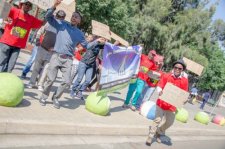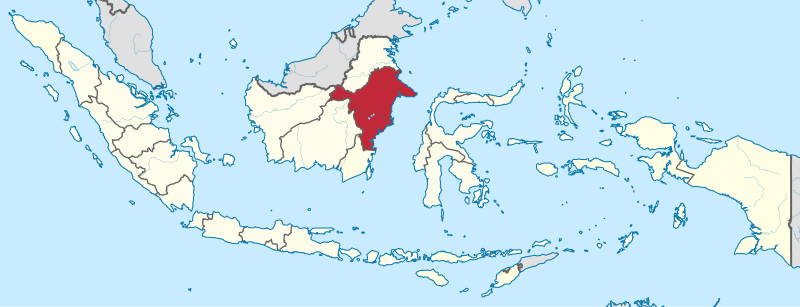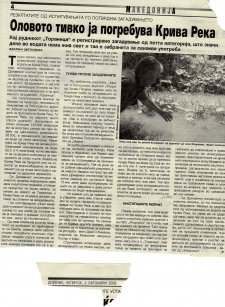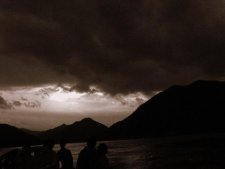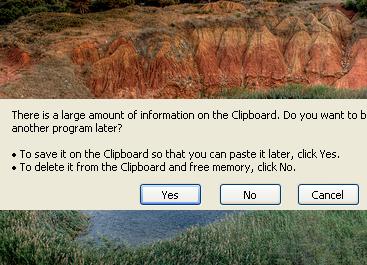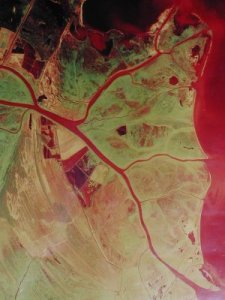By Celine Salcedo-La Viña (Posted: March 5, 2015)
As the United States and other western countries shift from aid-based engagement in Africa to more trade and investment, it’s important to ensure that investments are environmentally and socially responsible. Investments in agriculture, infrastructure and energy can adversely affect people and the planet if the needs of local communities are ignored. Rural Africans frequently suffer displacement and lose access to vital natural resources as governments acquire their lands and allocate them to local and foreign investors—even in countries where laws recognize community land rights. Alda Salomao is the director general of Centro Terra Viva (CTV), a local NGO working to secure community land rights in Mozambique. While Mozambique has strong community land laws on the books, the provincial and district governments often fail to enforce these laws—especially as natural gas extraction expands. Here, Salomao describes the tension between communities living in the Afungi Peninsula and a natural gas project.
1) Can you give a brief background of the natural gas project in the Afungi Peninsula? About 190 trillion cubic feet of natural gas were found in the Rovuma Basin in northern Mozambique, one of the world’s most significant gas discoveries in the last 20 years. An American and an Italian company, Anadarko and ENI, independently hold offshore concession blocks in Rovuma and have agreed to jointly develop their gas discoveries under the Mozambique Liquefied Natural Gas Project. The companies began the onshore LNG plant development in 2010, selecting the Afungi peninsula as the project site.
2) How did the companies acquire the land? The government issued the companies a land-use right, known as a DUAT (Direito de Uso e Aproveitamento da Terra), for 7,000 hectares in the village of Quitupo and parts of the neighboring villages of Senga, Maganja and Patacua. Officials granted the DUAT to Anadarko and the state-owned National Hydrocarbons Company through a holding company formed by both, with ENI subsequently buying into this company and becoming a co-title holder.
3) Was this land acquisition compliant with Mozambique’s land and other laws? The process of granting the DUAT to the companies was not transparent and ran counter to national land laws. To begin with, the companies involved did not release specifics about their building plan until after they received their DUAT. The 1997 Land Law and 1998 Land Law Regulations, however, require that companies release an exploitation plan before applying for a DUAT for economic activities. More importantly, under the Land Law, local communities hold land-use rights to customarily occupied and held lands, whether or not these lands are formally registered or titled. As rights holders, they are entitled to be consulted and must give their consent on DUAT applications for their lands. CTV found that provincial authorities produced as proof of consent the minutes of a community consultation meeting held in Quitupo, bearing the signatures of community representatives. Some of the representatives deny signing any minutes. It was impossible for some to have signed as they are illiterate, while others on the list deny being present at the meeting. The communities should have also received compensation before the transfer of their land to gas companies as provided in the Land Law.
4) How have the local communities been affected so far? Perhaps the most problematic effect is the psychological, emotional and social turmoil caused by the imminent uprooting and resettlement of the entire community of Quitupo to make way for the project. Villagers in Quitupo, Senga, Maganja and Patacua were caught by surprise when company trucks began bulldozing their fields, crops and trees to make way for roads, landing fields and buildings. Company representatives gave money to villagers as compensation, although it was unclear to them how their land was acquired and how compensation was calculated. And finally, project operations began before mandatory environmental impact assessments (EIAs) and community consultations were completed. These four communities are the most affected, but the whole Afungi peninsula will likely be impacted by the project. The planned industrial city is to occupy 18,000 hectares, overlapping the lands of seven additional communities.
5) How have CTV and other NGOs responded to the natural gas project? CTV closely followed the licensing process for this project, after witnessing irregularities in the 2007 Moatize coal mining project in the central province of Tete, which caused social disturbances and violence in 2010. In an effort to avoid a similar occurrence in Afungi, CTV helped prepare local communities through legal trainings and ensuring access to project information. CTV pushed for community consultations in the EIA process, which was initiated in July 2013, seven months after the DUAT was issued. We mobilized the civil society coalition which is monitoring extractive industries and we launched a media campaign. CTV has also started a legal process to null the DUAT and ensure that future licenses are awarded in accordance with law. The government has charged CTV with promoting disobedience among the villagers. On August 20, 2013, at 6:00 a.m., three armed policemen knocked on my door and escorted me to the police station. They told me that a government official ordered my arrest, complaining that my work and that of CTV were agitating and inciting communities to violence. Officers also said the government was having difficulty communicating with Quitupo village since CTV disseminated information on land and environmental laws. 7) Are there similar cases like this reported in other areas of Mozambique? Unfortunately, there are other cases around the country involving large-scale land acquisitions by investors who fail to respect community rights and laws. The Moatize coal mining project is one example. These incidents demonstrate that beyond laws, we need to address government and corporate ethics.
8) Why is it important for Mozambique and other countries in Africa to provide communities with strong land rights? In Mozambique, the majority of the population lives in rural areas, and land will, for many years to come, be their basis for subsistence and wellbeing. Secure access and rights to land by local communities is a matter of social and economic stability and justice. The government has also proclaimed that agriculture, especially family farming, will remain the most important base for food production and rural development. Rural families must therefore be able to access and use land in a secure environment. The government must do more to prepare its citizens for the challenges resulting from increasing investments in rural lands. They have the responsibility to educate communities on their legal rights, disseminate information on development issues and impacts and include rural communities as actors in the national development process. When the government makes decisions that will have adverse social, environmental and economic impacts on citizens, it must clearly demonstrate how the benefits outweigh these costs. Displacing people from their lands without clear justification and without due process is simply unacceptable. LEARN MORE: Check out our interactive Rights to Resources map, which presents information on citizen and community rights to natural resources in sub-Saharan Africa.
